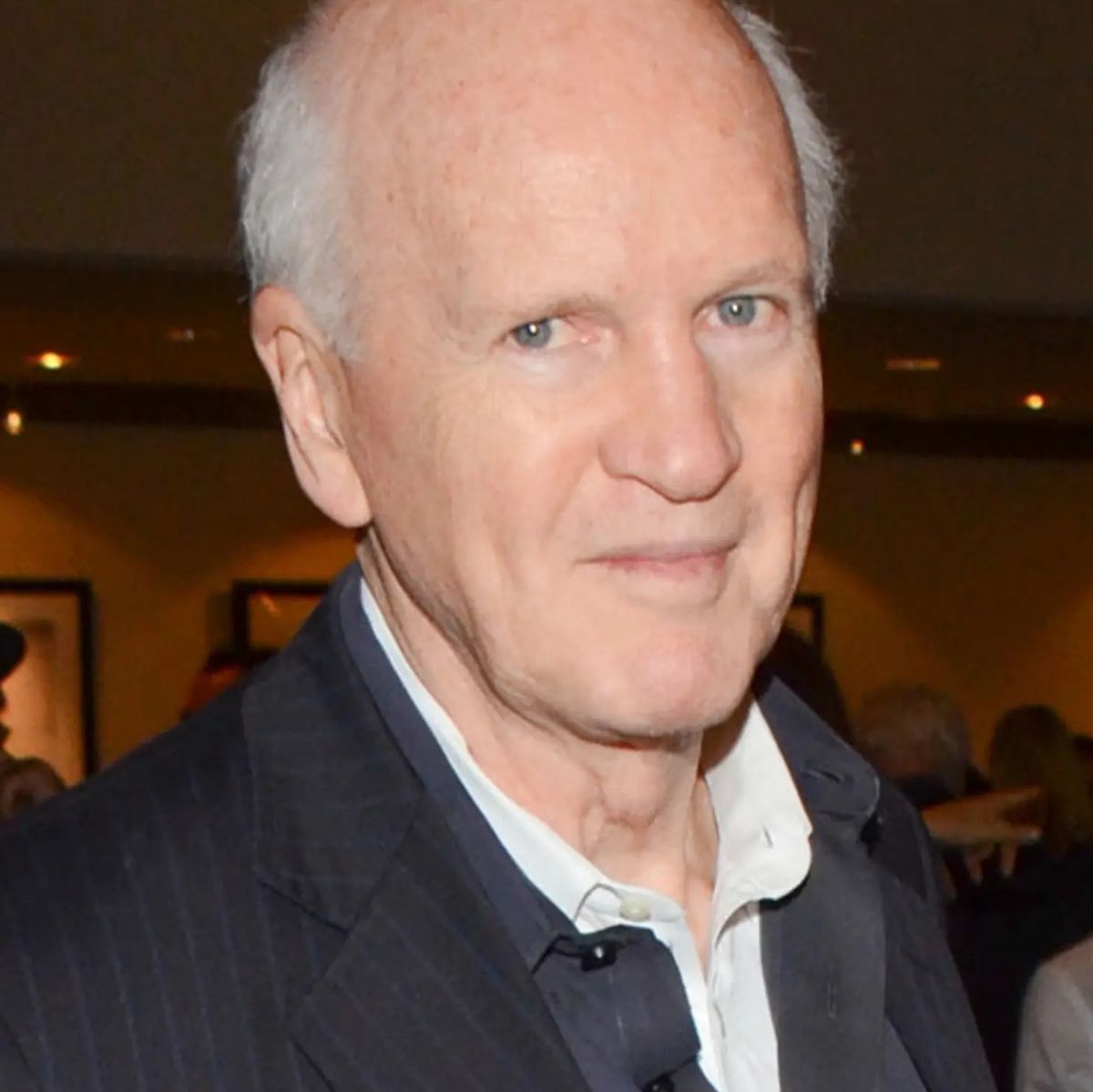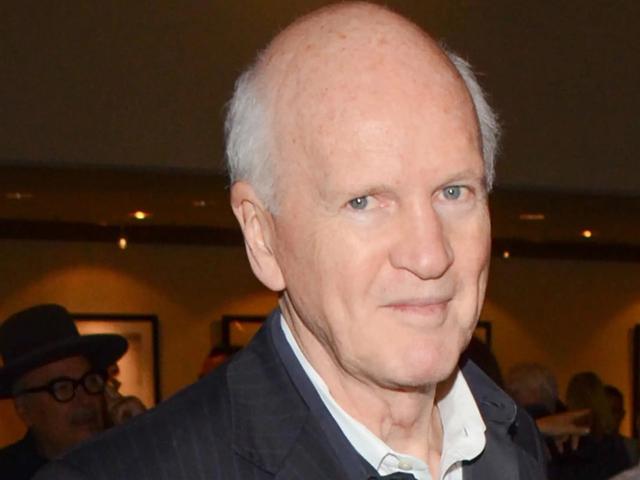One of the most tortured sagas in Los Angeles gallery history looks poised to end not with the bang of a sudden closure but with the whimper of an online auction.
On 12 August, bidding opened for roughly 300 artworks described as the last remaining inventory of Ace Gallery, the ambitious, long-running and often scandal-shadowed commercial space founded by dealer Douglas Chrismas in 1967. Proceeds from the auction will be distributed among the creditors still left wanting a decade after Chrismas filed for bankruptcy in 2013.
Overseeing the online auction is ThreeSixty Asset Advisors, a firm whose specialties include liquidating the assets of distressed or insolvent companies. Based on low estimates, ThreeSixty hopes to generate more than $230,000 at minimum for creditors through the sale, which is being staged via online platform LiveAuctioneers. Bidding closes on 13 September. (A spokesperson for ThreeSixty said they were still seeking authorisation to provide more information as of publication time.)
Under Chrismas, Ace Gallery became a magnet for now-canonical artists working in Minimalism, Light and Space and Land Art, including Michael Heizer, Robert Irwin, Donald Judd and James Turrell. But over the succeeding five decades, he and the gallery also became a magnet for lawsuits brought by artists over alleged theft and non-payment, as well as for informal but public accusations of operational misconduct. (A 2022 Artnews exposé noted that Judd and Carl Andre had each written open letters to Art in America claiming that Chrismas had shown unauthorised works wrongly attributed to them.) By 2016, Chrismas was known to have been the subject of at least 55 lawsuits under various business names and to have filed for bankruptcy multiple times.
The contents of the online auction indicate how little is left of what originally brought Ace Gallery to prominence. The loftiest price expectations in the sale are attached to a 1977 aluminium bench and side table by Robert Wilson, the visual artist and theatre director who founded the Watermill Center in Upstate New York. ThreeSixty hopes the pieces, which were designed as props for a production of Wilson’s play I Was Sitting on My Patio This Guy Appeared I Thought I Was Hallucinating, could fetch as much as $29,200. (The condition report notes that one of the table’s legs is broken.)
Of the 296 lots on offer as of publication time, only 18 carry a high estimate of $10,000 or more. Although there are two lots each from blue-chip artists Jannis Kounellis, John McCracken and Robert Rauschenberg, all are either small works on paper or ephemera; none has a high estimate north of $27,000. The lone Turrell piece up for auction appears to be a descriptive page and table of contents for a sculptural multiple without the sculptural multiple itself. The only lots attributed to Dan Flavin, David Hockney and Roy Lichtenstein are framed exhibition posters.
In terms of sheer volume, the largest share of works in the sale comes from the Los Angeles-based artist Tim Hawkinson. He fully or partly created 72 lots in the auction, or nearly one-quarter of those on offer. This grouping includes 48 separate articles of ready-to-wear clothing made in collaboration with the Japanese designer Issey Miyake as part of the latter’s collaborative Pleats Please series in the 1990s.
Evident in the auction’s fine print is some of the disarray and ambiguity characteristic of bankruptcy. A disclaimer on the auction website notes that select lots are subject to third-party-ownership claims through 31 August, meaning that they will be removed from the sale in response to documented proof that individuals or entities other than Ace Gallery hold title. Among these is a pair of plaster casts of wedding-cake slices by Claes Oldenburg. (Only one bears the artist’s stamp, along with what the condition report calls “obvious signs of restoration”.) Twenty-three other lots on offer were made by artists who could not be identified in Ace Gallery’s records.
No matter how much money it raises for creditors, the online sale by ThreeSixty will tie up one of the only loose ends left from Chrismas’s 2013 filing for Chapter 11 bankruptcy, a measure designed to protect distressed businesses while they restructure their debts, assets and operations in hopes of re-emerging as going concerns. The courts permitted Chrismas to remain in charge of the company until 2016, when a missed payment in the bankruptcy settlement led to the forensic accountant Sam Leslie being named trustee of the gallery’s bankruptcy estate. (A bankruptcy trustee is a court-appointed third-party officer tasked with reorganising a bankrupt company’s finances and/or liquidating its assets to maximise repayments to legitimate creditors, including, if deemed appropriate, by pursuing civil lawsuits against parties inside and outside the company.)
Although Leslie originally said he planned to keep Ace Gallery’s founder on to lead its exhibition program and sales efforts, he fired Chrismas less than a month into his role as trustee based on what he had found in the company’s records. Leslie subsequently brought a civil suit accusing Chrismas of diverting approximately $17m in sales profits from Ace Gallery’s accounts into two shell companies under his control (called “ACE Museum” and “ACE New York”) during the bankruptcy period. In May 2022, a summary judgement (a ruling that replaces a trial due to overwhelming evidence in one party’s favour) in California’s Central District Court ordered Chrismas to repay approximately $14.2m of those funds to creditors.
Reached for comment about the online auction of Ace Gallery inventory, Chrismas maintained his innocence in the civil case. He said that he had channelled the money in question “to businesses that were beneficial and important for the continuance of the gallery”, adding that he “certainly intend[s] to challenge the findings” of the court 15 months prior. A request for comment to the attorneys who represented Sam Leslie in the civil case against Chrismas went unanswered by publication time.
In July 2021, the FBI arrested Chrismas on separate charges of embezzling more than $260,000 from the Ace Gallery bankruptcy estate between his 2013 Chapter 11 filing and his dismissal by Leslie in 2016. He is still awaiting trial; his conviction could result in a prison sentence of up to 15 years.



